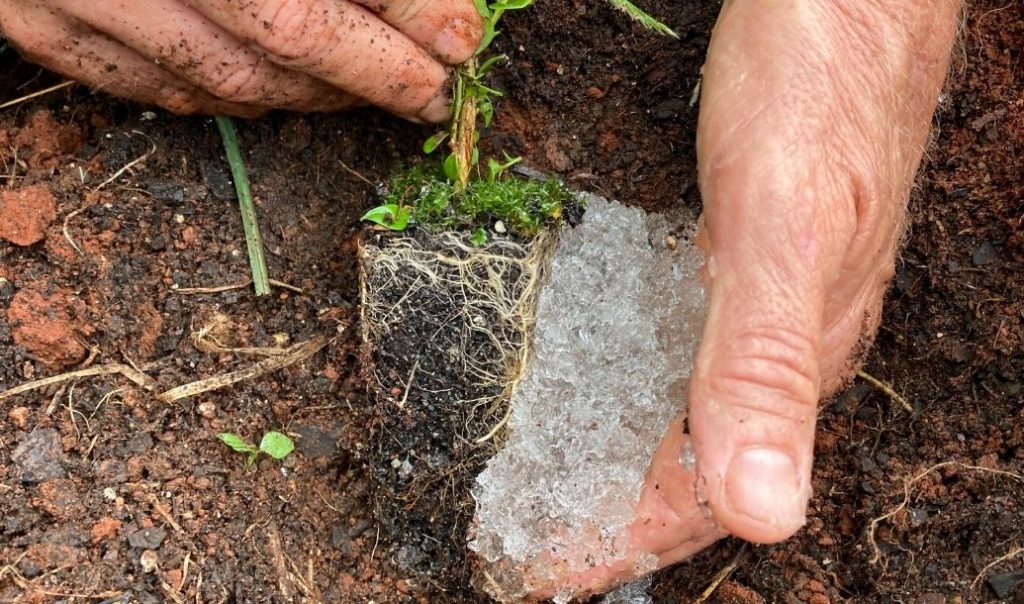Before purchasing суперабсорбирующий полимер for agricultural use, there are crucial factors you should be aware of to ensure optimal results and environmental safety. While buying products online may seem convenient, it’s essential to understand the differences in super absorbent polymers (SAPs) available for agriculture.
Let’s begin by exploring a video that showcases the benefits of superabsorbent polymer for plants. The video demonstrates how these polymers can significantly aid in plant growth by efficiently absorbing and retaining water, creating a gel-like substance that provides sustained moisture to the roots.
However, a critical question arises: Is it safe to use such gel-based polymers for all plants and crops without causing environmental pollution or harm?
There are primarily two types of superabsorbent polymers commonly used in agriculture: sodium polyacrylate and potassium polyacrylate. The polymer featured in the video is sodium polyacrylate, known for its water-absorbing properties and ability to form a gel-like structure. On the other hand, potassium polyacrylate is considered a more specialized polymer designed specifically for the needs of common plants.
When considering which type of superabsorbent polymer to use, it’s crucial to assess factors such as environmental impact, plant species, soil type, and water availability. Sodium polyacrylate may offer excellent water retention benefits but could pose risks if overused or not properly managed, potentially leading to soil and water contamination.

In contrast, potassium polyacrylate is formulated with specific plant requirements in mind, providing targeted water absorption and release capabilities without compromising environmental integrity. Its controlled release mechanism ensures that plants receive adequate moisture while minimizing the risk of excess water accumulation or leaching of chemicals into the soil.
Therefore, before purchasing super absorbent polymers for agriculture, conduct thorough research, consult with experts, and consider the unique needs of your plants and soil. By making informed decisions, you can harness the benefits of SAPs effectively while promoting sustainable and eco-friendly agricultural practices.
Here are the distinctions between sodium polyacrylate and potassium polyacrylate for agricultural use:
Chemical Composition:
Sodium polyacrylate contains sodium, which can lead to soil hardening with frequent use.
Potassium polyacrylate contains potassium, offering fertilizer benefits to plants.
Water Gel Characteristics:
Sodium polyacrylate’s water gel is softer and may contribute to root rot in some cases.
Potassium polyacrylate’s water gel is firmer and non-sticky, reducing the risk of root issues.
Приложения:
Sodium polyacrylate is commonly found in disposable products like diapers and sanitary napkins.
Potassium polyacrylate has a longer soil life, lasting over three years, making it suitable for agricultural purposes.
Price:
Potassium polyacrylate is approximately twice as expensive as sodium polyacrylate, necessitating careful consideration before purchase.
When choosing between these polymers, it’s essential to weigh their chemical properties, water gel characteristics, intended applications, and pricing to ensure optimal results and environmental sustainability in agricultural practices.

